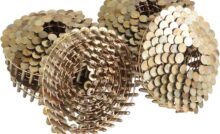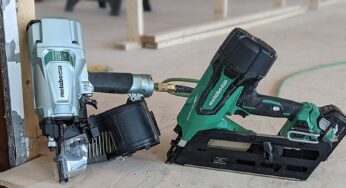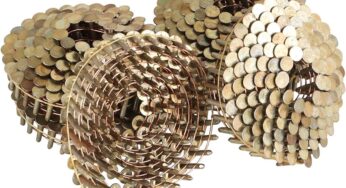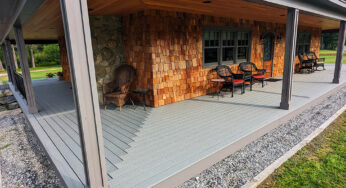Let it Snow, Let it Snow, Let it Snow
Today it’s snowing again! We’ve already had 3 major snow events here in New Hampshire and it’s not even Christmas yet! Don’t get me wrong, I’m happy to see it white here for Christmas for my little guy. But the snow is wreaking havoc on all of my construction projects at work. We are currently putting up two large custom homes and one 9,000 sf commercial project. Needless to say the snow is really slowing things down.
I thought I’d take the time to remind everyone that deep snow on roofs can cause problems. A little snow maintenance on the roof will help prevent structural over-loading and potential ice dams. The easiest and safest way to remove snow from the roof eaves is to use a roof snow rake. Typically the roof rake is made out of a light weight aluminum pole with either an aluminum or plastic “scoop” on the end. Roof rakes range in length from 20 feet to almost 40 feet so two story homes are not a problem.
By removing several feet of snow at the roofs edge (eave) you can help prevent an ice dam from forming. Ice dams are bad for a couple or reasons. One they allow melting snow water to build up behind them and cause water to leak back up under the shingles. The dammed up water can also build up and cause over-loading of the roof. By removing the snow at the roof eave you also allow the sun to hit the dark roof surface and help melt away the snow. Even new roofs can benefit from just removing a few feet of snow after each storm. Remember that a little preventive maintenance can really save you some expensive fixes down the road.
You can buy the same roof rake that I use from Amazon by following this link: Ames True Temper 1634500 Roof Snow Rake.
Recent Posts
Framing Stick Nailer vs Coil Nailer
Which is Better a Stick Nailer or Coil Nailer? Framers have many choices in nailers…
How Many Roofing Nails Per Square of Shingles
Estimating How Many Nails for a New Roof When it comes to estimating materials for…
Composite / PVC Decking – Layout Tips & Advice
Composite / PVC Decking Layout Tips and Advice Composite and PVC decking have really changed…
Benefits of an ERV System (Energy Recovery Ventilator)
Benefits of ERV Systems (Energy Recovery Ventilator) If you're building a new home or doing…
Vermiculite Attic Insulation Abatement
Vermiculite Attic Insulation If your home was built before 1990 there is a chance it…
Nuisance Tripping of AFCI (Arc Fault) Circuit Breakers
Arc Fault (AFCI) Circuit Breakers Tripping Often An arc-fault circuit interrupter (AFCI) or arc-fault detection…





View Comments
Good post Todd, thank you. I wonder if removing six feet or so closest to the eave is also good enough when loading is the concern. We're expecting rain tomorrow here in Ottawa, after a record-breaking snow accumulation in December, and I'm a bit concerned.
Paul,
There is no right answer when it comes to snow loading. It really depends on many things, most importantly the structural design of your roof system. By removing the 6 feet of snow you're going to help things out by removing the area that typically causes a damn. The dam doesn't allow the rain or melting snow water to escape. Water is very heavy and the damed up water level can cause very heavy loading. Clearly the more you remove the better things will be. Best of luck! BE CAREFUL IF YOU GET ON THE ROOF!